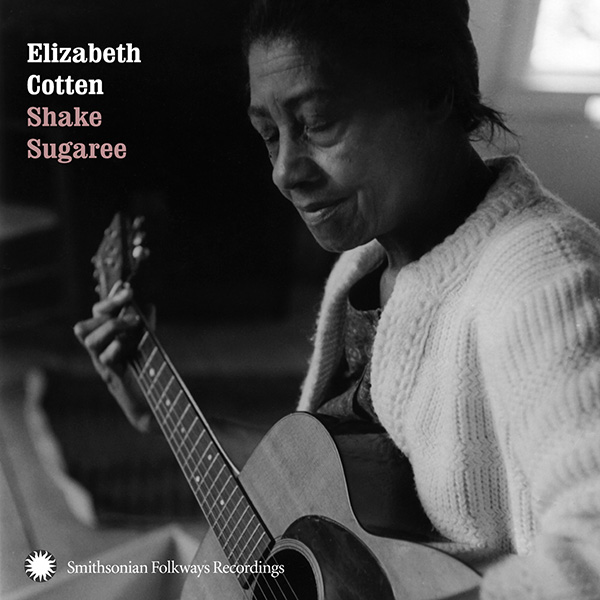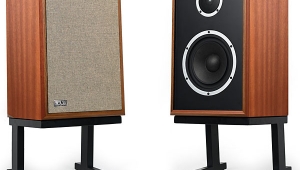| Columns Retired Columns & Blogs |
The specs in this review and in TAD's marketing webpage do not include maximum SPL, which is useful in determining the maximum signal crests which can be accomodated relative to a specific propagation distance and Lref (reference level). The 200W maximum power handling is presumably a thermal limit rather than a nonlinear distortion based limit or mechanical excursion based limit, and that thermal limit is presumably relative to a longish time averaged interval of music signal rather than accomodating signal crests without significant mechanical clipping.
Looking at KEF's published specifications for the Blade Two Meta for comparison, KEF lists max SPL at 116_dB, but with no SPL filter weighting or other conditions mentioned.
Audio Engineering Society has recently published AES75-2023,
"Abstract: This standard details a procedure for measuring maximum linear sound levels of a loudspeaker system or driver using a test signal called Music-Noise. In order to measure maximum linear sound levels meaningfully and repeatably, a signal is required whose RMS and peak levels as functions of frequency have been shown to be representative of program material. Various existing standards define noise-based test signals which, like Music-Noise, have incorporated the knowledge that typical program material has a diminishing RMS level with increasing frequency, but Music-Noise uniquely also features a relatively constant peak level as a function of frequency, so that the crest factor (peak level – RMS level) increases with frequency, which an analysis on a large variety of music and other content has revealed is an important additional characteristic of typical program material. The specified procedure determines a loudspeaker’s maximum linear sound levels by incrementally increasing the Playback Level of Music-Noise until a stop condition is met: either an unacceptable change in the transfer function’s magnitude or an unacceptable change in the coherence of the transfer function."
I appreciate the measurements already included in these reviews, appreciate the significant effort that goes into providing those, and understand that J.C.Atkinson is not likely in need of more work to keep himself busy. That said, it would be better to see max SPL IAW AES75-2023 included in Stereophile's published measurements of loudspeakers, not only because the data itself is very useful, but also because publishing that would bring added useful considerations to the reader's attention, get them thinking more about accomodating signal crests without clipping, electrical or mechanical, in high quality playback.
More information about M-Noise and related measurements are detailed at the following link.
https://m-noise.org/











































